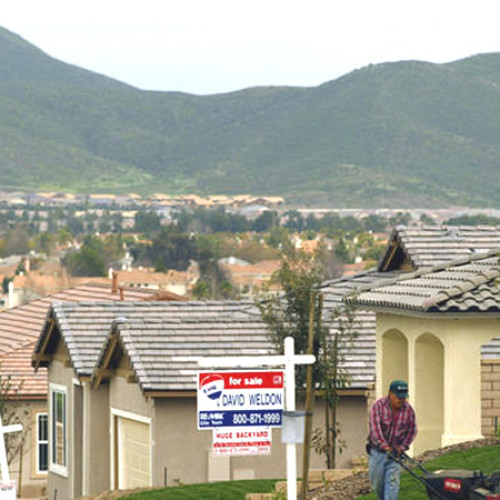How a Return to Multigenerational Living is Shifting the Housing Market
CURBED
By Patrick Sisson
Donna Butts remembers one of the moments that sold her on the idea that there was a sustained rise in the number of multigenerational households. As executive director of Generations United, a nonprofit that promotes intergenerational living, she was called to do an interview on the topic for a Louisiana radio station a few years ago. The host seemed wedded to stereotypes: He’d never want his mother-in-law to move in, since she’d be intrusive and annoying, and adult kids living with their parents were strictly a sign of spoiled millennials.






